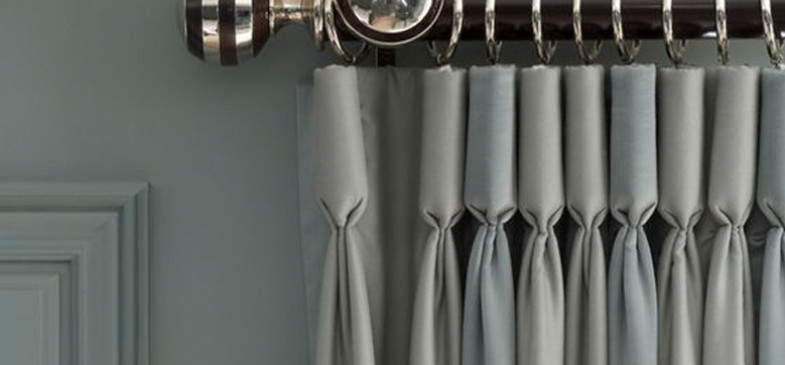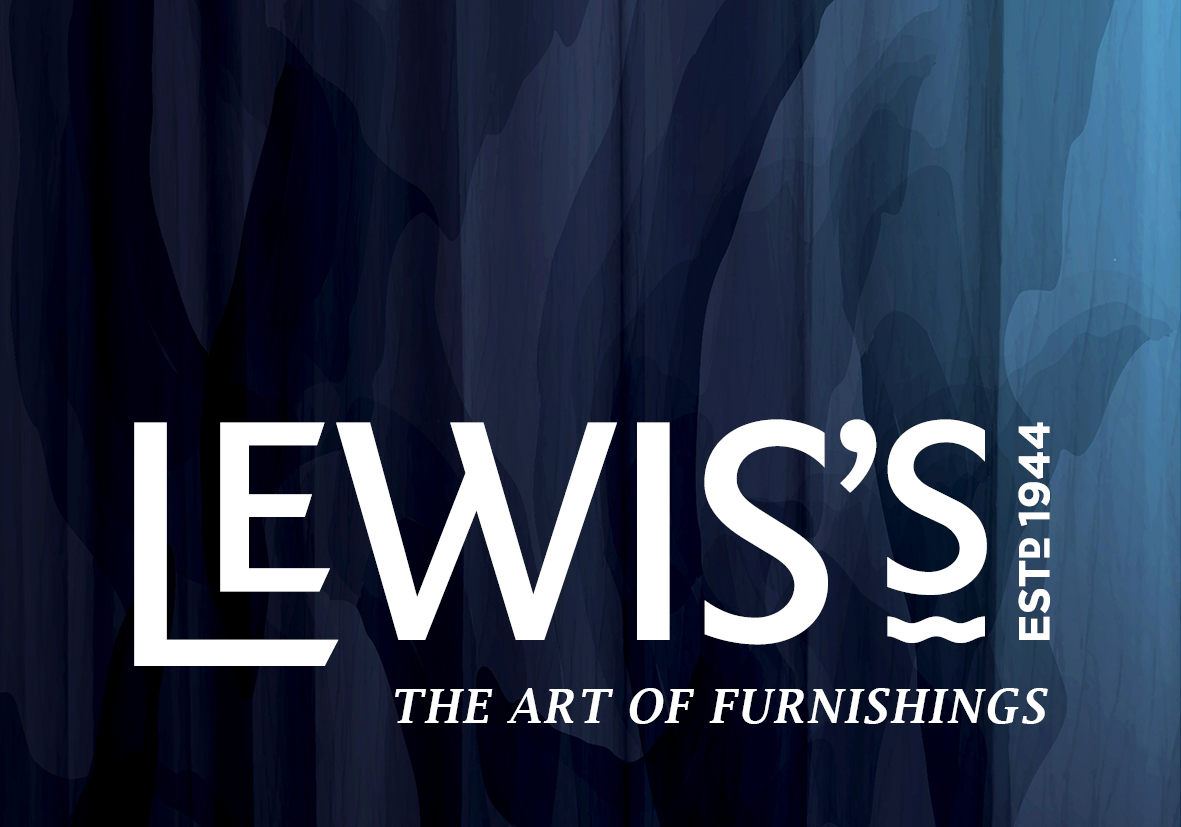Curtain Headings | What You Need To Know

If you think that all curtains are the same, take a closer look at the top of them! When designing your curtains, there are a number of different heading types that you can choose from. We can assist in perfecting the small details, so that we bring out the best in your new curtains.
Each curtain heading creates a different look and uses a different amount of fabric. Curtain headings determine the way the fabric hangs, and can set the atmosphere of a room just by the design of the top of the curtain or heading.
Here is a quick guide to the different curtain headings we can create.
Premier Pleats
Also known as a Pencil Pleat, the Premier Pleat is an attractive and popular heading type. The Premier Pleat is suitable for all fabric types, and works in traditional, modern or casual interiors. Premier Pleats are created by gathering or pulling the cords in the tape sewn at the top of the curtain. The three rows of cords are pulled up evenly, creating deep "pencil" pleats. The Premier pleat is an inexpensive and safe choice for your curtains and can be made in four different depths, depending on your preference.
Inverted Pleat
Also known as a Box Pleat, the Inverted Pleat is one of the more contemporary curtain headings. The pleats are hidden at the back of the curtain, creating a wall of fabric at the front. It is a fashionable choice as it creates clean lines and a neat look when the curtains are drawn. For a simple and modern style, the Inverted Pleat is the perfect choice.
New York Pleat
Also known as Single Pleat, the New York Pleat offers a tailored finish, but with less fullness than any other heading option. This treatment is ideal for those wanting a minimalist look. New York Pleat works well with heavier fabrics, and is a good option when your stacking space at the side of the window is limited.
Dutch Pleat
Also known as Double or Twin Pleat, Dutch Pleat offers the tailored finish of New York Pleating but with a two pleats instead of just one. It requires a little more fullness than New York Pleat, but still stacks well and remains a popular heading style.
French Pleat
The French Pleat is a classic and formal heading choice. Trios of folds are sewn into the heading of the fabric at regular intervals, creating a fan shape. Out of all heading types, the French Pleat requires the most fabric creating a luxurious full drape. Despite the volume of fabric, the French Pleat still stacks well in areas where there is limited stacking space. Perfect for traditional settings, this is an elegant and timeless heading type.
Government House Pleat
The Government House Pleat was designed by Lewis’s when providing curtains for the Government House refurbishment. It is similar to a Double Pinch Pleat but is made with an elegant 150mm deep pleat. The Government House Pleat works well in homes with a high stud and is ideal for heavier fabrics. For a tailored, formal and royal look, this is the perfect choice of heading.
Goblet Pleat
The name of this heading comes from the shape of the pleat, which looks like a goblet. A cone of fabric is formed and pinched together at the base to create a luxury finish for formal drapes. This heading requires the most stacking space out of all heading types but is especially suited for long curtains. The Goblet Pleat is a traditional and sophisticated heading type, and looks amazing in grand settings.
Eyelet Pleat
Eyelet curtains have metal eyelets that are evenly spaced across the top of the curtain. Because the eyelets are evenly spaced, the curtains hang in nice soft loose folds. Curtains with this heading type require less fabric fullness and therefore stack back to a minimal space. Eyelets are available in different sizes and colours to match your fabric choice. The Eyelet Pleat is a popular heading type and adds a contemporary finish to your curtains.
Tab Top
Tab Top offers an alternative to traditional headings. This finish works really well when a casual look is desired in a space. The Tab Top heading works only on a curtain rod, not a track as this heading isn’t designed to glide. Although it is possible to open and close these drapes, they are not as functional as conventional headings.
Wave Pleat
Also known as Accordion Pleat, Wave Pleat offers a simple and clean finish for drapes on rods. It does take a larger stack back because of the number of extra runners required to achieve this effect.













